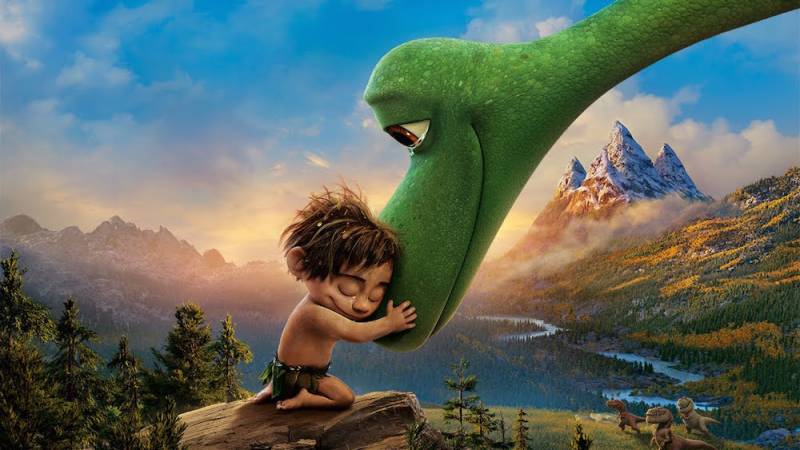Hey there!
So did you get a chance to stop someone from stating a myth and busted it with a fact with the help of our last article? We sure hope so. Today, we are back with the second part of stating truth and doing away with wrong information. So here we go with the most common lies we have seen people believe as truth around us.
1. Gold fish have a three-second memory
False! According to Researcher Dr Mike Webster at St Andrews University in Scotland, a lot of people have the image of the goldfish with a three-second memory, but, he says, ' Fish are no dumber than birds or many mammals - and in many cases they are just as intelligent.”
There has been research which shows that goldfish outshine trout in the intelligence stakes and according to another research at Plymouth University, goldfish have a memory span of up to three months - and can even tell the time.
2. Great Wall of China can be viewed from space
The myth that the Great Wall could be seen from moon has been believed to be true since at least 1938. The National Aeronautics and Space Administration (NASA) had to issue a feature to do away with this belief. As per NASA, the man-made structure cannot be generally viewed from space or the moon by the un-aided eye. The wall’s very small structure was however twice captured by a 180mm and a 400mm lens camera.
NASA’s chief scientist for Earth observation Kamlesh P. Lulla was also quoted saying “It is very, very difficult to distinguish the Great Wall of China in astronaut photography, because the materials that were used in the wall are similar in colour and texture to the materials of the land surrounding the wall.”
According to Alan Bean, the Apollo 12 astronaut, "The only thing you can see from the Moon is a beautiful sphere, mostly white, some blue and patches of yellow, and every once in a while some green vegetation." "No man-made object is visible at this scale," he adds.
3. Bananas grow on trees
Wrong again! Banana plants are actually root structures with an above ground stem. They are classified as an arborescent (tree-like) perennial herb. Also, these plants are the largest herbaceous flowering plant.
Different parts of tongue detect different flavours
We were taught in school that specific areas on our tongues are susceptible to the five primary tastes; salty, bitter, sour, sweet or savoury.
But this concept has now been tossed in the bin as a myth with scientists finding that each of the several thousand sensors on our tongue can recognise any of the aforementioned tastes.
The research conducted at Columbia University, and reported by BBC, included a study of the 8,000 or so taste buds that are scattered over the tongues and it was found that each of the taste bud was able to detect the five flavours.
It was also found that the brain is the chief detector of tastes. Each taste bud has up to 100 receptors that send a signal to the brain, through specialised neurons which then interprets the taste.
5. Humans and dinosaurs co-existed
Well may be in the movies they did, but as per the available scientific evidence, man and dinosaurs were never alongside each other in time.
According to palaeontologists, the fossils found of dinosaurs are about 66 million years ago whereas the earliest humans are believed to come to existence only about 6 million years ago. This means that the dinosaurs and man missed each other by 60 million years at least.
Published in Young Nation magazine on June 4, 2016






